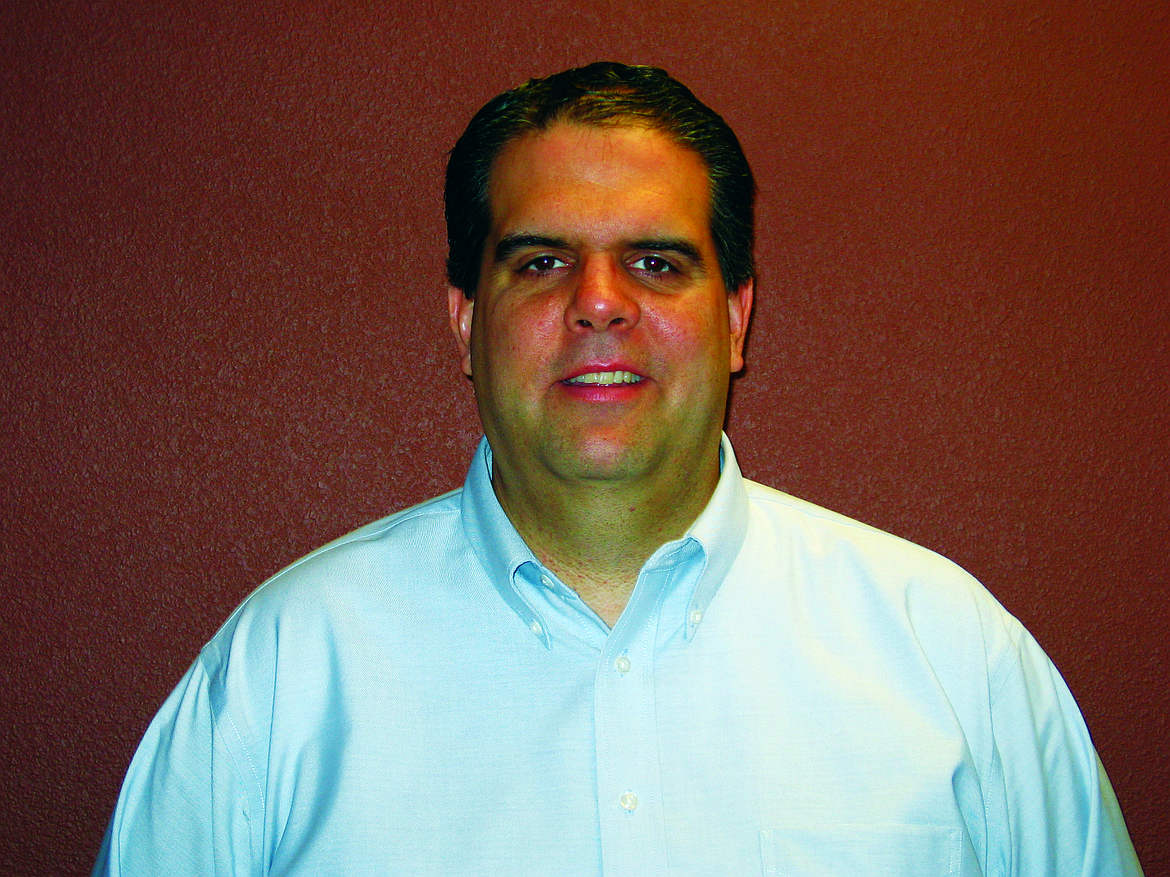ADVERTISING: Advertorial — It’s all in your head or is it?
I find that many of the people I work with are not completely aware of how powerful their mind can actually be when it comes to pain. For most people, pain-killers of some sort tend to be the first line of defense for those dealing with pain, but treatments like massage, physical therapy and chiropractic are also often part of the process for many patients. These treatments can provide relief for many, however pain still persists for some patients.
How exactly does pain work? When an injury occurs, nerve cells in that area send distress signals to the brain and let us know that there is danger present. Once our brain’s danger signals are activated, our brain registers pain. This all happens in seconds. And what’s really weird, is we can have an injury and have zero pain. Look at how many times have you cut yourself and didn’t feel any pain until you saw the blood? You may not realize you have cut yourself until you actually see the wound. Then it registers in your brain. Then your brain understands that something dangerous has happened.
But it can also work totally the opposite way, and we can actually have excruciating pain with no physical injury. Phantom limb pain is a prime example. Just the thought of pain or the fear of pain can actually create pain signals in our body. Since we rely on the brain to evaluate danger, we feel what our brain allows us to feel. So here’s the confusing part, if an injury can occur without pain and pain can occur without injury, then our emotional response can play a prominent role in how pain affects us.
Emotional stress actually activates the same areas of the brain that physical injury does. The brain sees pain as a protective mechanism. So it creates a neural pathway that is learned and repeated so the next time we are in pain our body knows how to respond. The more this pattern is learned, the more our brain remembers it and is conditioned to respond with pain. As we become more sensitized to pain, we can experience more pain than we should, this is known as hyperalgesia. Patients often experience pain in reaction to stimuli when they shouldn’t, for example when they take a shower or when blankets touch their legs at night, this is called allodynia. This is how chronic pain develops over time with no apparent physical injury.
Research is showing the importance of focusing on chronic pain not only as a medical condition, but something that our brain can create without having an injury. Many patients get offended when they are told “the pain is in your head.” The concept that severe pain may not be due to some traumatic event is hard to grasp. Chronic pain can be a learned response from the brain and once we understand that concept, then we can make a plan to overcome it.
Thinking about the pain can also make it worse. Stress, anxiety, negative thoughts and being focused on the pain, can all make pain worse. And pain affects so many areas of our life, such as relationships, career, sleep and health in general. When we are in pain we tend to isolate ourselves, thus making the entire cycle worse. Understanding how and why your brain does what it does is a major step toward healing that every person should take.
• • •
Dr. Wayne M. Fichter Jr. is a chiropractor at Natural Spine Solutions. The business is located at 3913 Schreiber Way in Coeur d’Alene. For more information, please contact us at 208-966-4425.

